The project to preserve the North and Middle towers of the Khuong My Cham tower cluster (in Tam Xuan 1 commune, Nui Thanh district, former Quang Nam province - now Tam Xuan commune, Da Nang city) was approved in October 2019 with a total cost of 12.6 billion VND.
The project is invested by the former Quang Nam Province Construction Investment Project Management Board; the construction unit is the Institute of Construction Science and Technology ( Ministry of Construction ).
Upon completion in December 2022, the project is expected to restore the ancient, sturdy beauty of this thousand-year-old relic. However, after more than 2 years of restoration, many walls have appeared to be in a serious state of crumbling bricks.
Cham culture researcher Le Tri Cong confirmed that the reason the restored bricks were crumbling after more than 2 years of restoration was due to salt from the old bricks flowing onto the new bricks, but the construction unit's method of doing it was "completely wrong".
Because, the first basic principle in preserving coastal Cham towers is to remove salt from ancient bricks before carrying out any other restoration steps. Restoring without removing salt will certainly cause the new masonry to be contaminated with salt from the old masonry and deteriorate over time.
Mr. Cong also pointed out another serious problem: Khuong My tower has underground water flowing through the foundation. The construction unit should have had measures to cover the foundation to prevent underground water from seeping into the tower body, but this was ignored. The failure to treat the underground water combined with the phenomenon of salting has created a "combination" that quickly destroys new bricks.
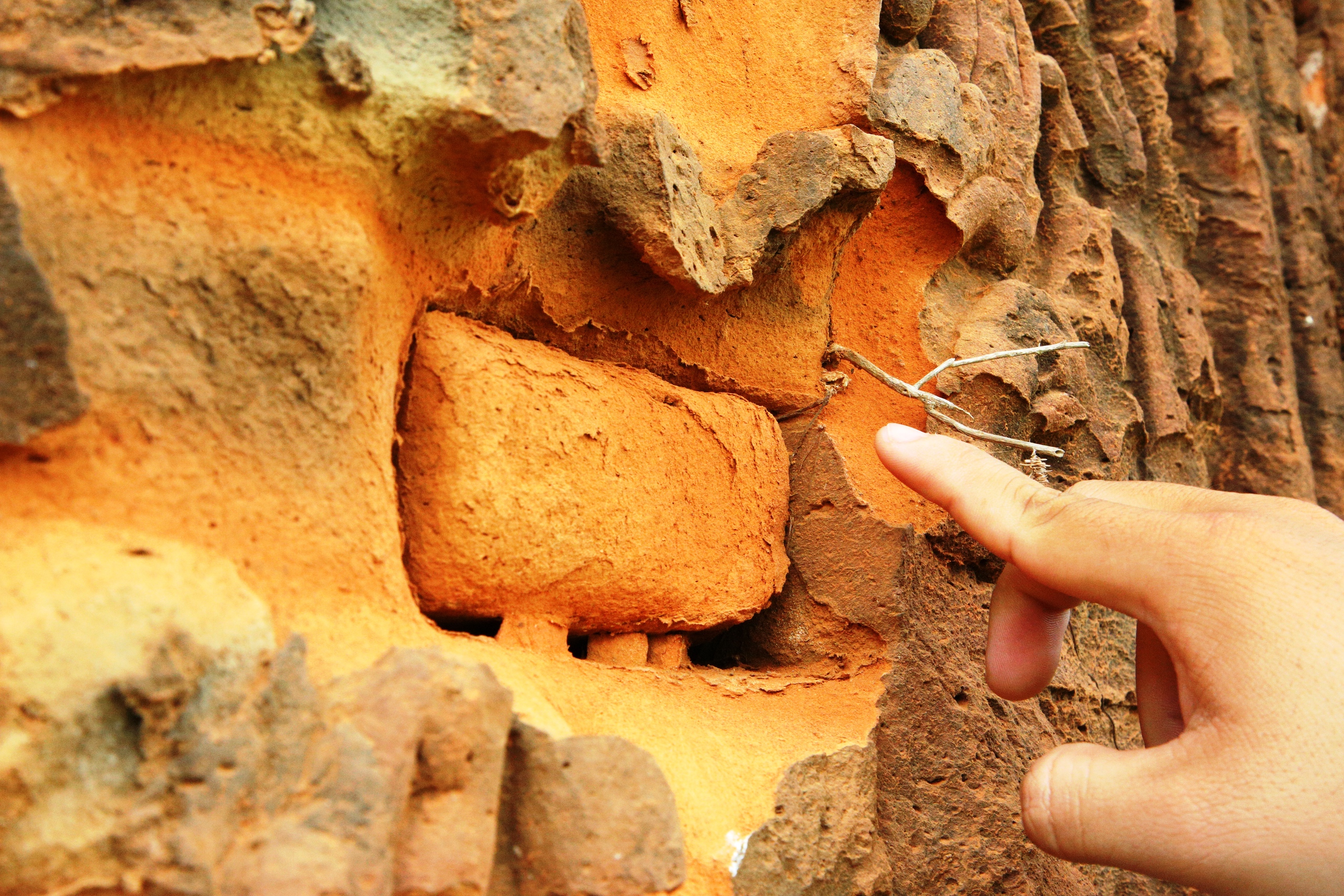
Current status of ancient bricks at Khuong My Cham tower
PHOTO: MANH CUONG
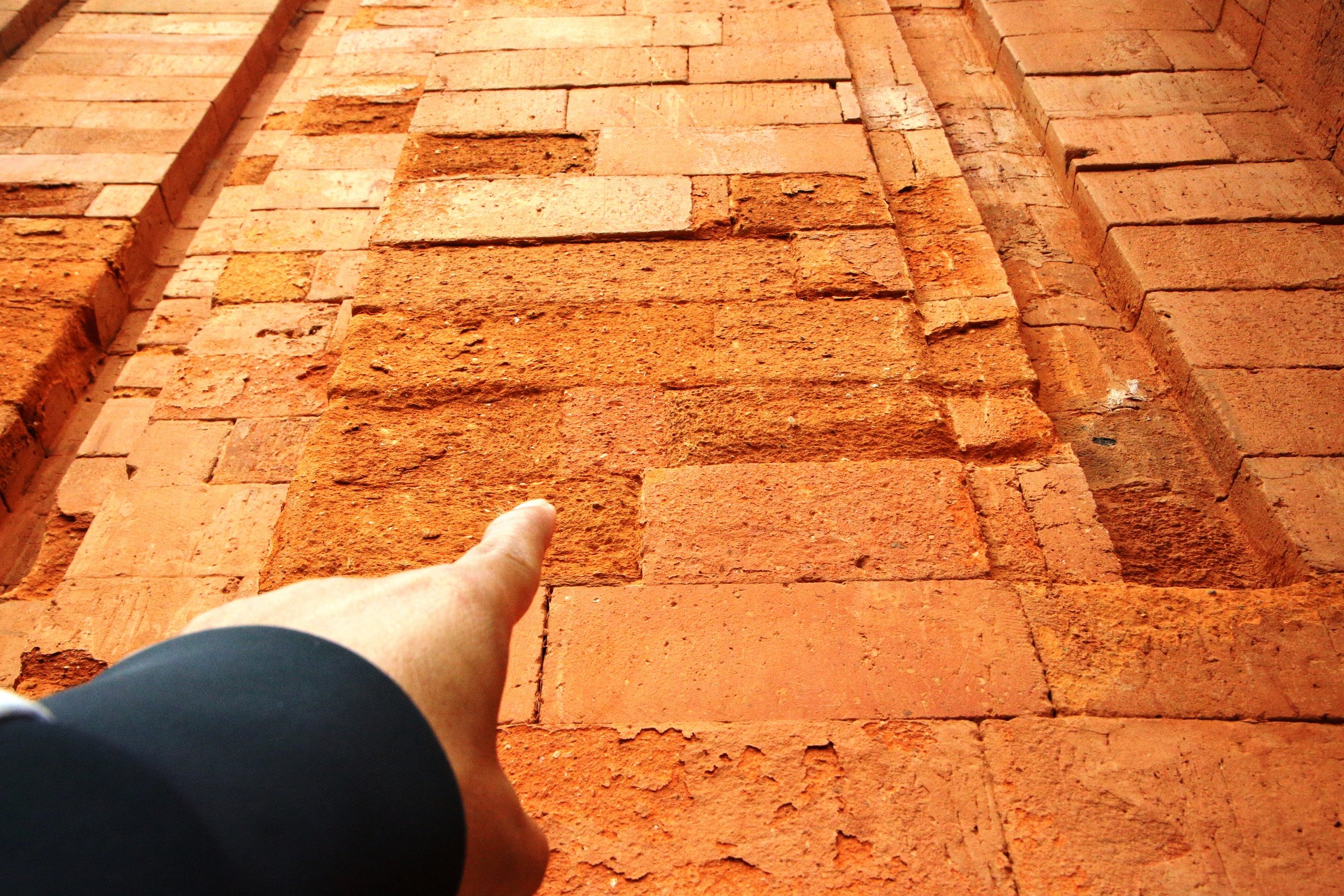
In many places on the North Tower, the restored bricks, which were said to be of "high quality", were crumbling and easily shattered with even the slightest impact.
PHOTO: MANH CUONG
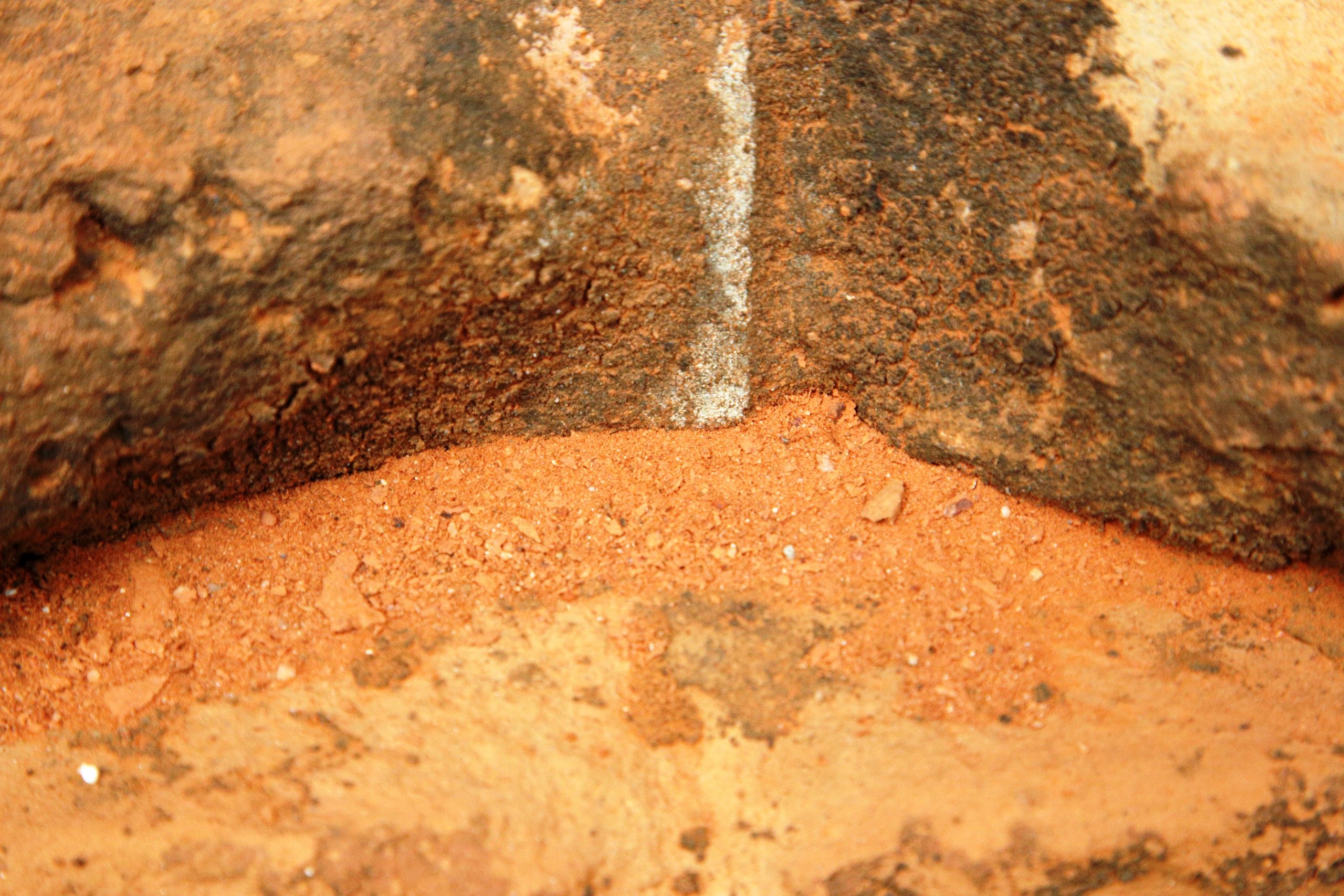
Brick powder falls to the foot of the tower
PHOTO: MANH CUONG
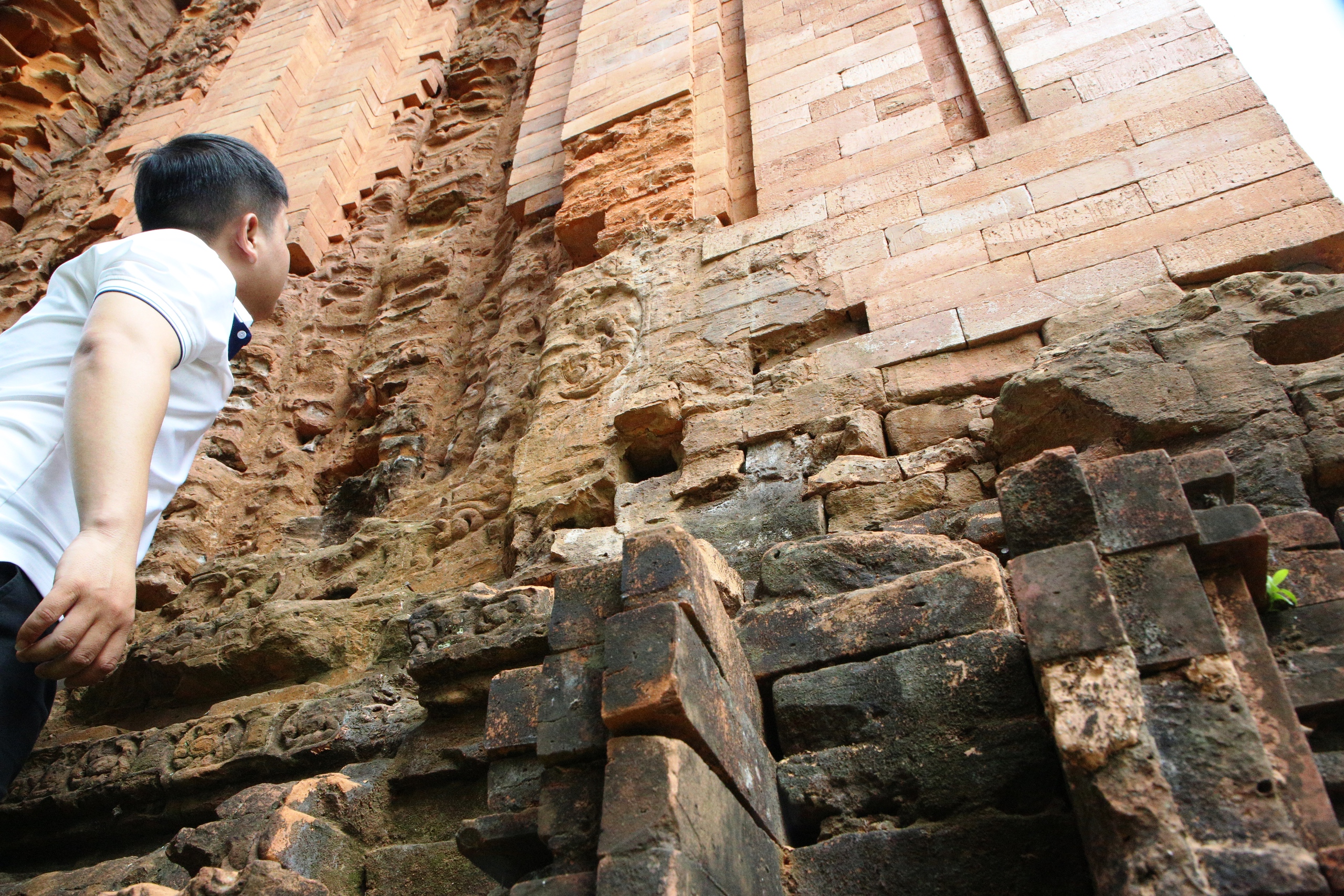
In April 2023, about 6 months after the restoration, the bricks on many new wall sections were covered with moss and salt on the surface. Explaining this reason, the Institute of Construction Science and Technology (KHCNXD) said that the Cham tower of Khuong My is about 7 km from the sea as the crow flies, so for more than 1,000 years, a large amount of salt (especially Na2SO4 and NaCl) has accumulated deep inside the tower body. These two types of salt, combined with the effects of temperature, humidity and the sea air environment, have corroded the bricks, causing them to crumble and accumulate salt.
PHOTO: MANH CUONG
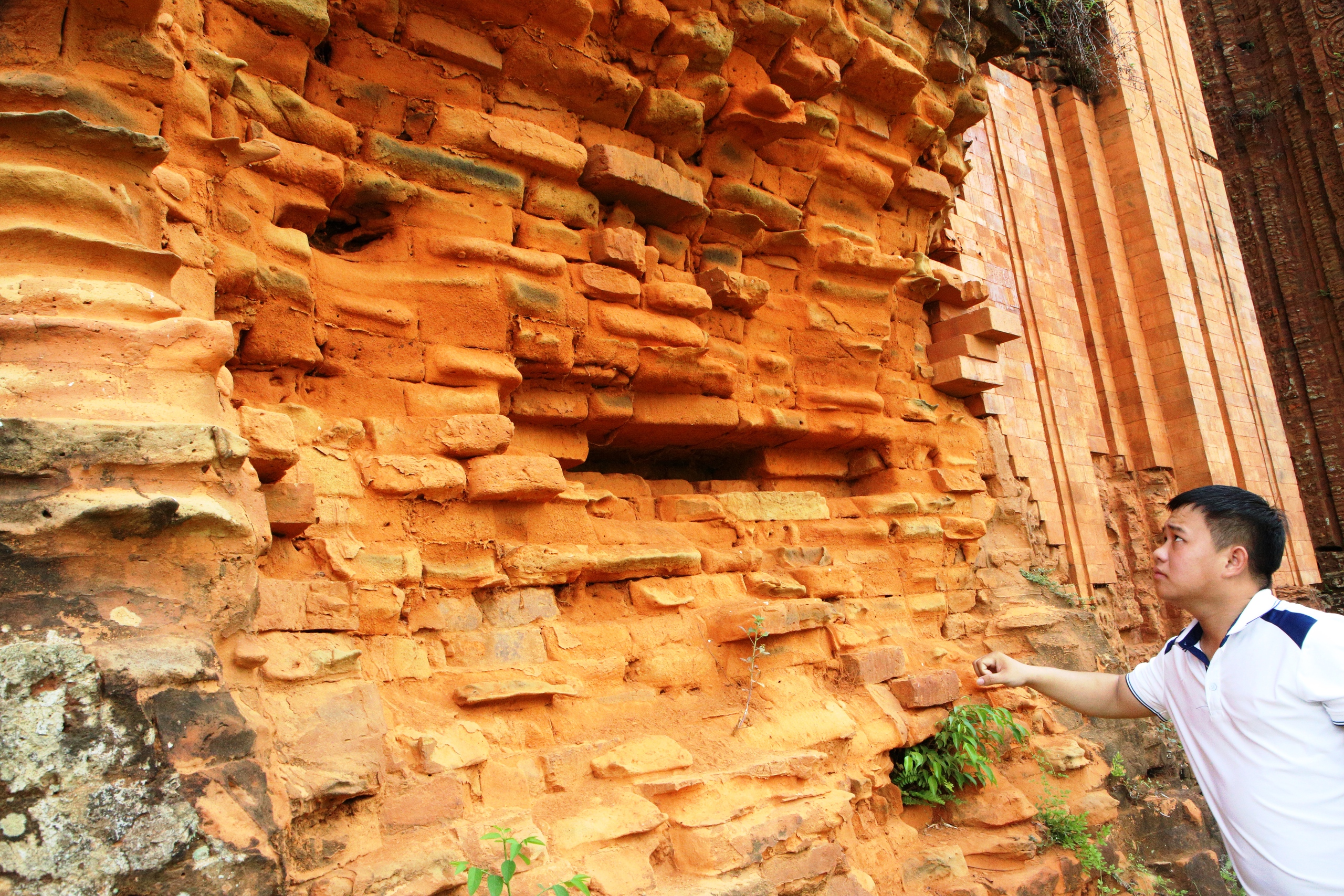
Ancient bricks are severely corroded.
PHOTO: MANH CUONG
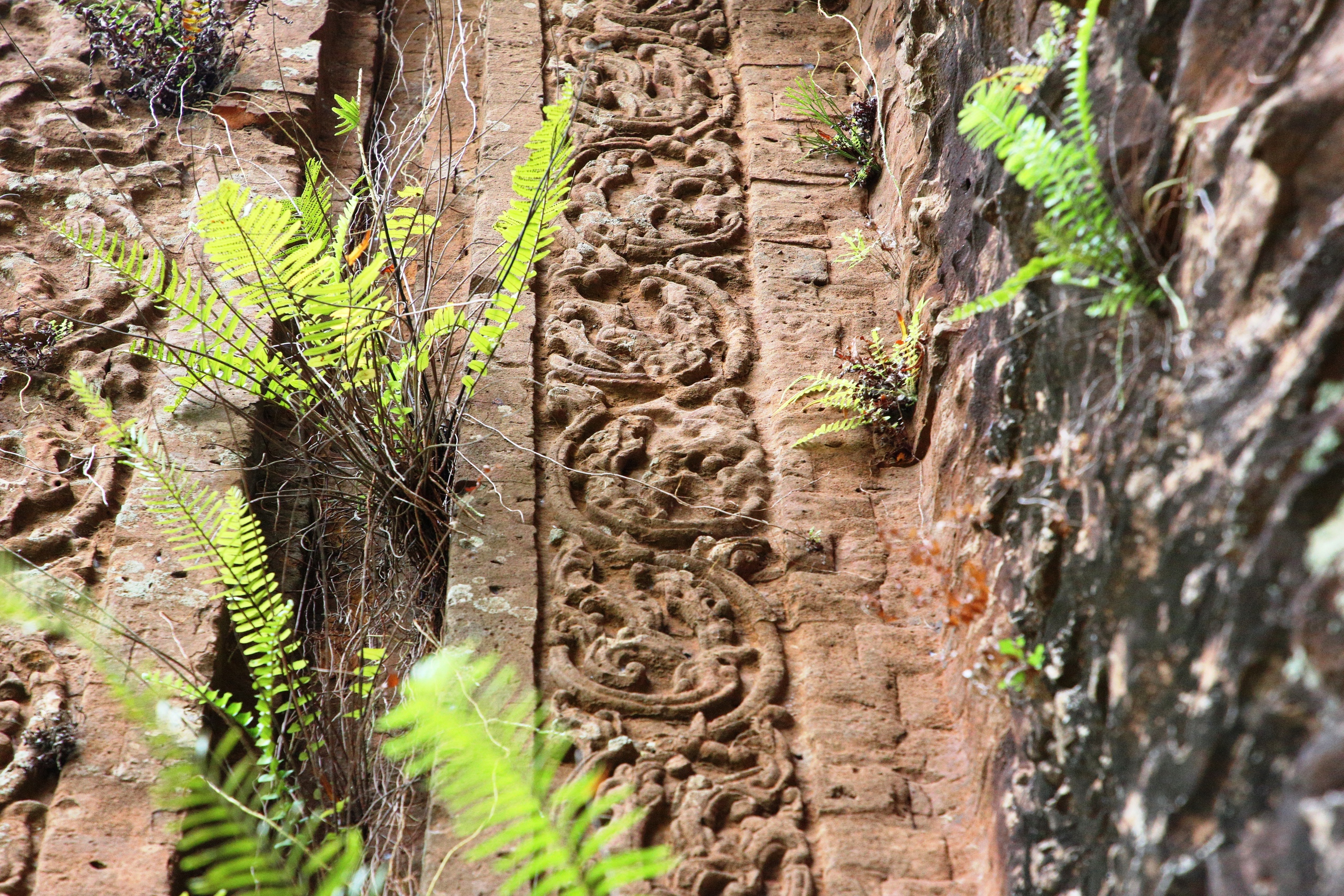
Patterns on the Cham tower in Khuong My
PHOTO: MANH CUONG
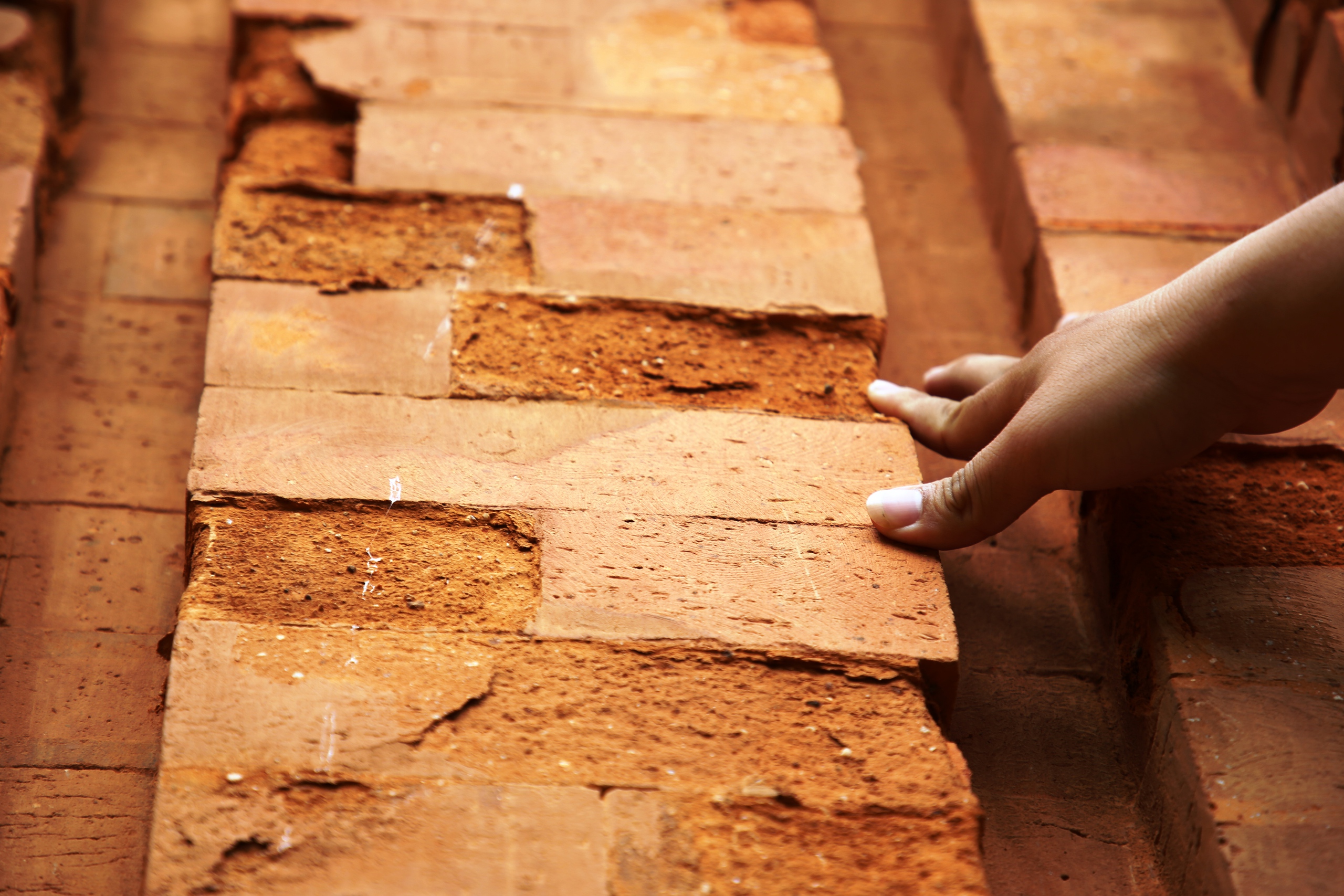
Mr. Nguyen Cong Thanh, Deputy Director of the Quang Nam Construction Investment Project Management Board (under Da Nang City), said that the unit had received information and reported the incident to the Da Nang City People's Committee. After recording the current situation, the management board invited the construction unit to temporarily fix the problem.
PHOTO: MANH CUONG
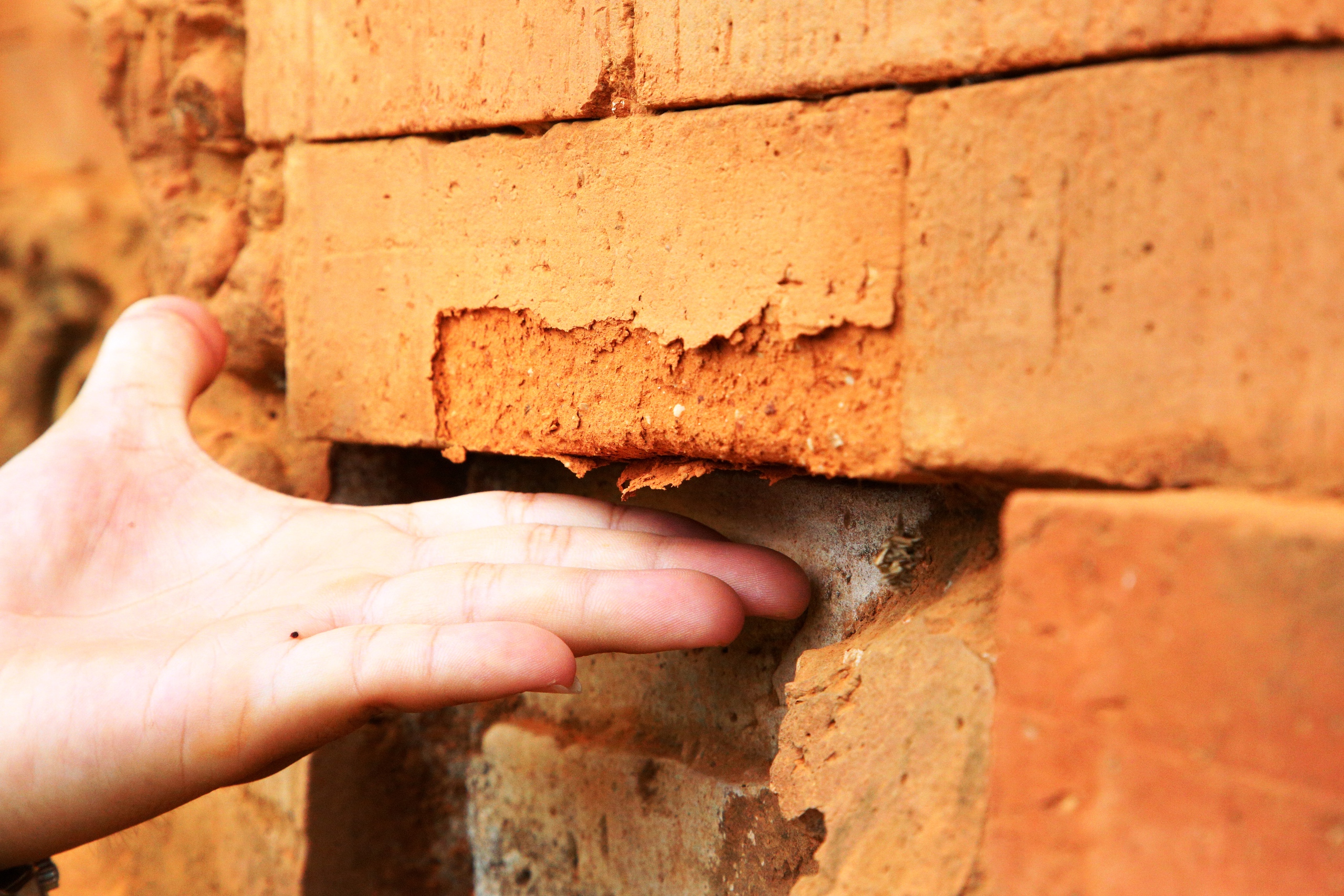
On the three new walls in front of the entrance to the tower, many bricks are rotten and peeling off... just after the warranty period has expired.
PHOTO: MANH CUONG
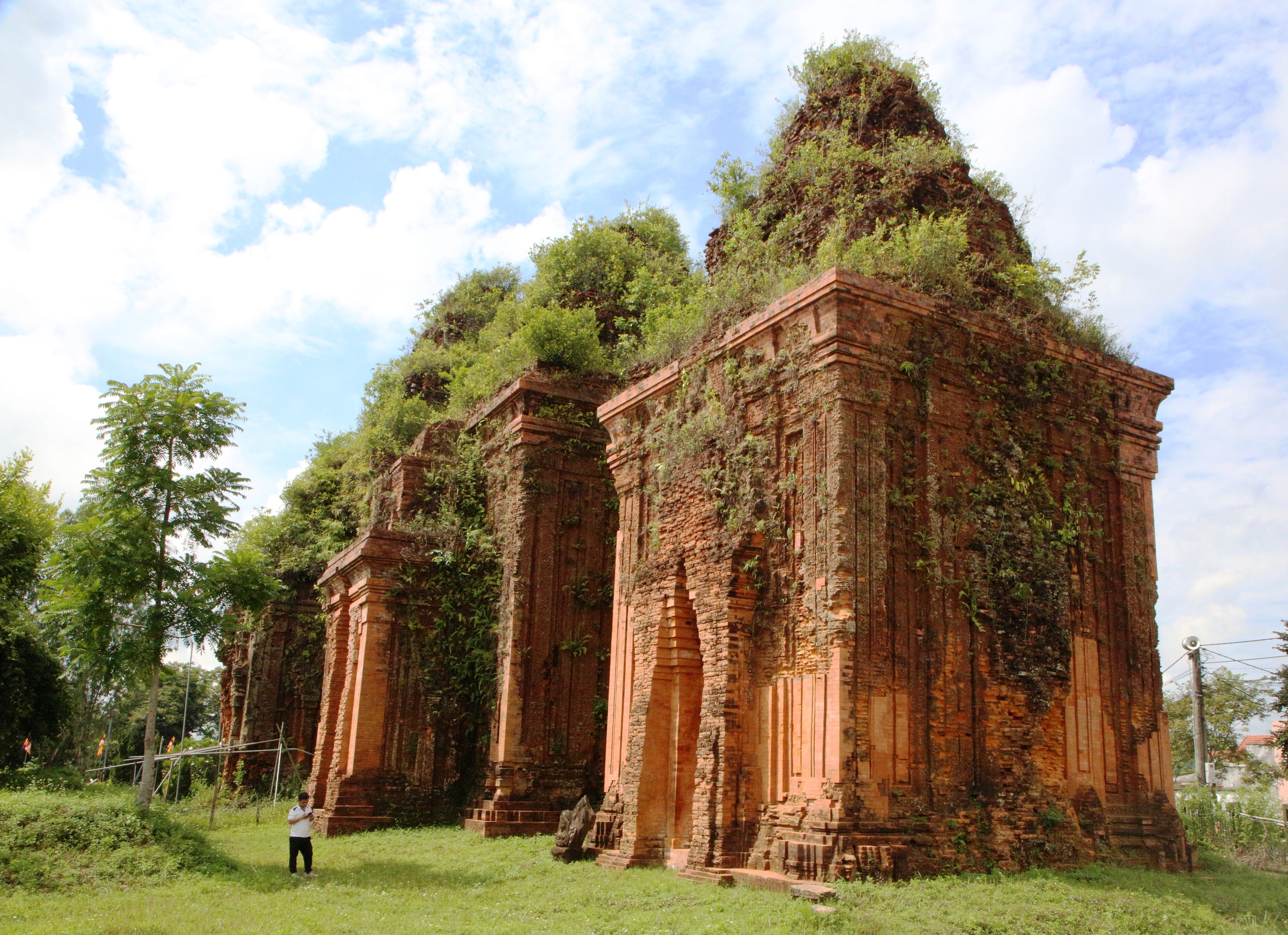
The Khuong My Cham tower relic consists of a cluster of three adjacent towers, built in the late 9th and early 10th centuries, and was recognized as a national monument in 1989. With an age of thousands of years, the tower cluster has now seriously degraded.
PHOTO: MANH CUONG
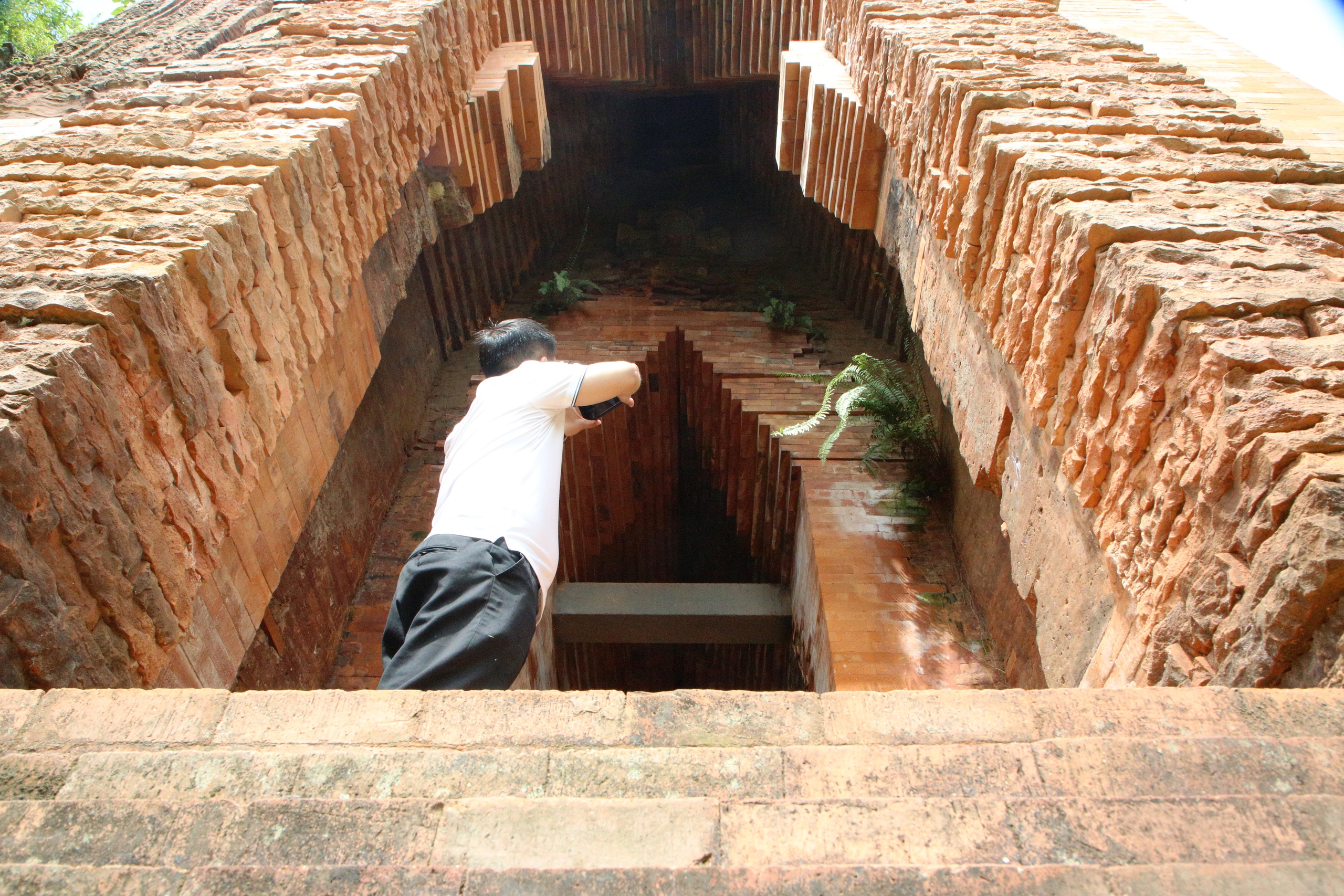
The North Tower has been restored for just over two years, but many of the restored bricks are more vulnerable to salt corrosion.
PHOTO: MANH CUONG
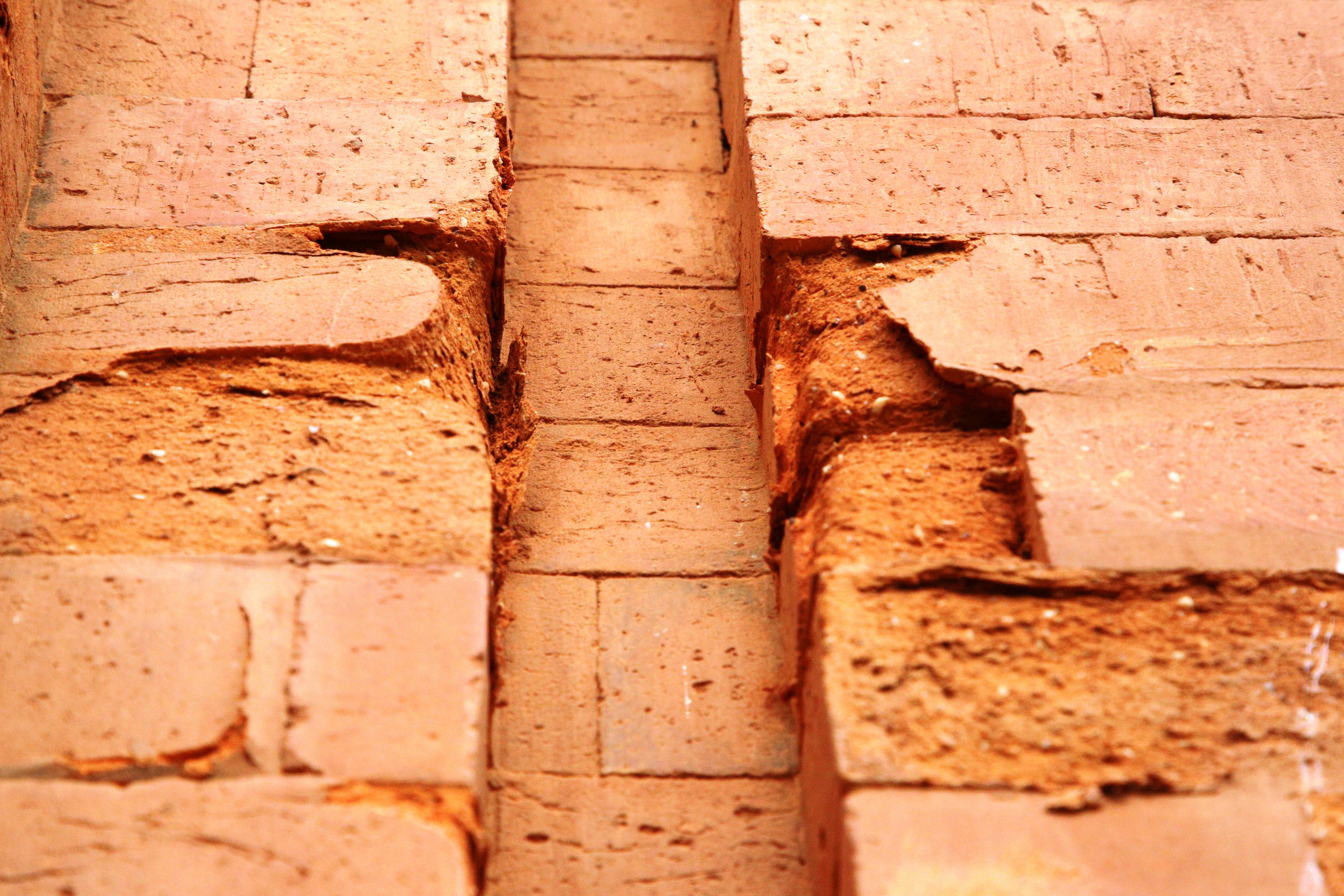
According to Cham culture researcher Le Tri Cong, there are many ways to remove salt from Cham towers. The simplest but most effective way is to pour pure water on the bricks, using electrodes (anode and cathode) to conduct salt ions out...
PHOTO: MANH CUONG
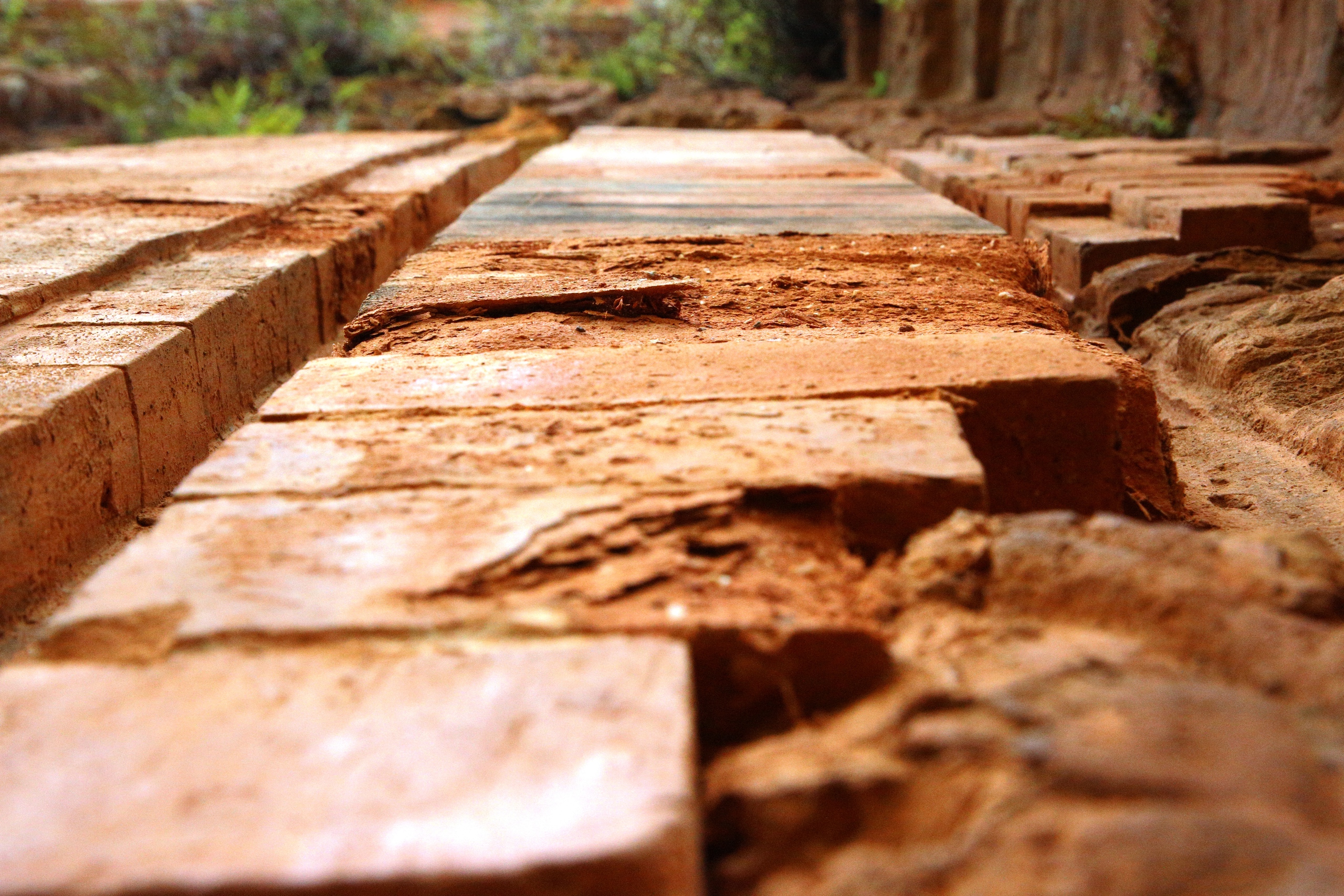
Light impact by hand can cause many layers of "skin" of the tile to peel off.
PHOTO: MANH CUONG
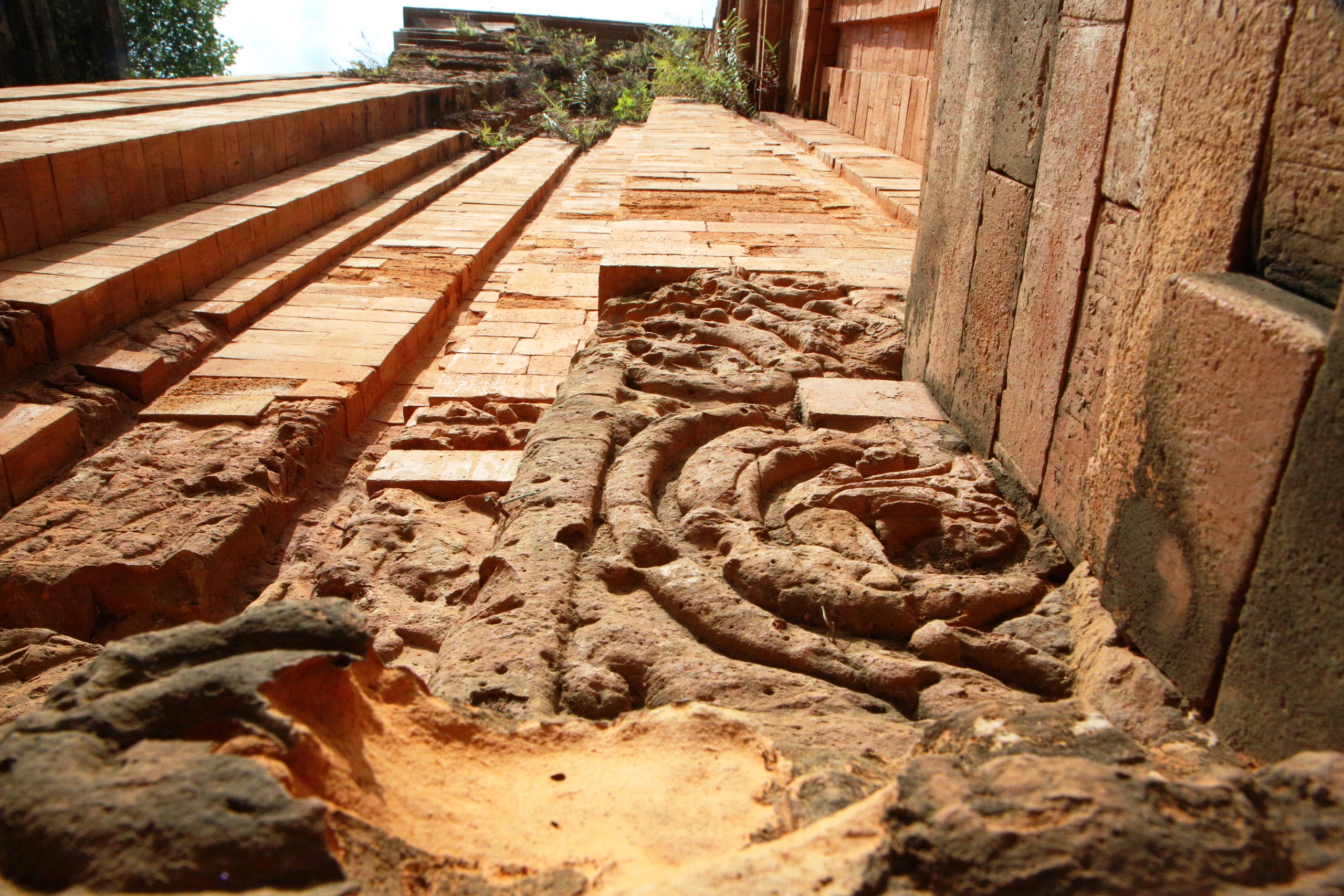
Many of the motifs on the tower were also salted.
PHOTO: MANH CUONG
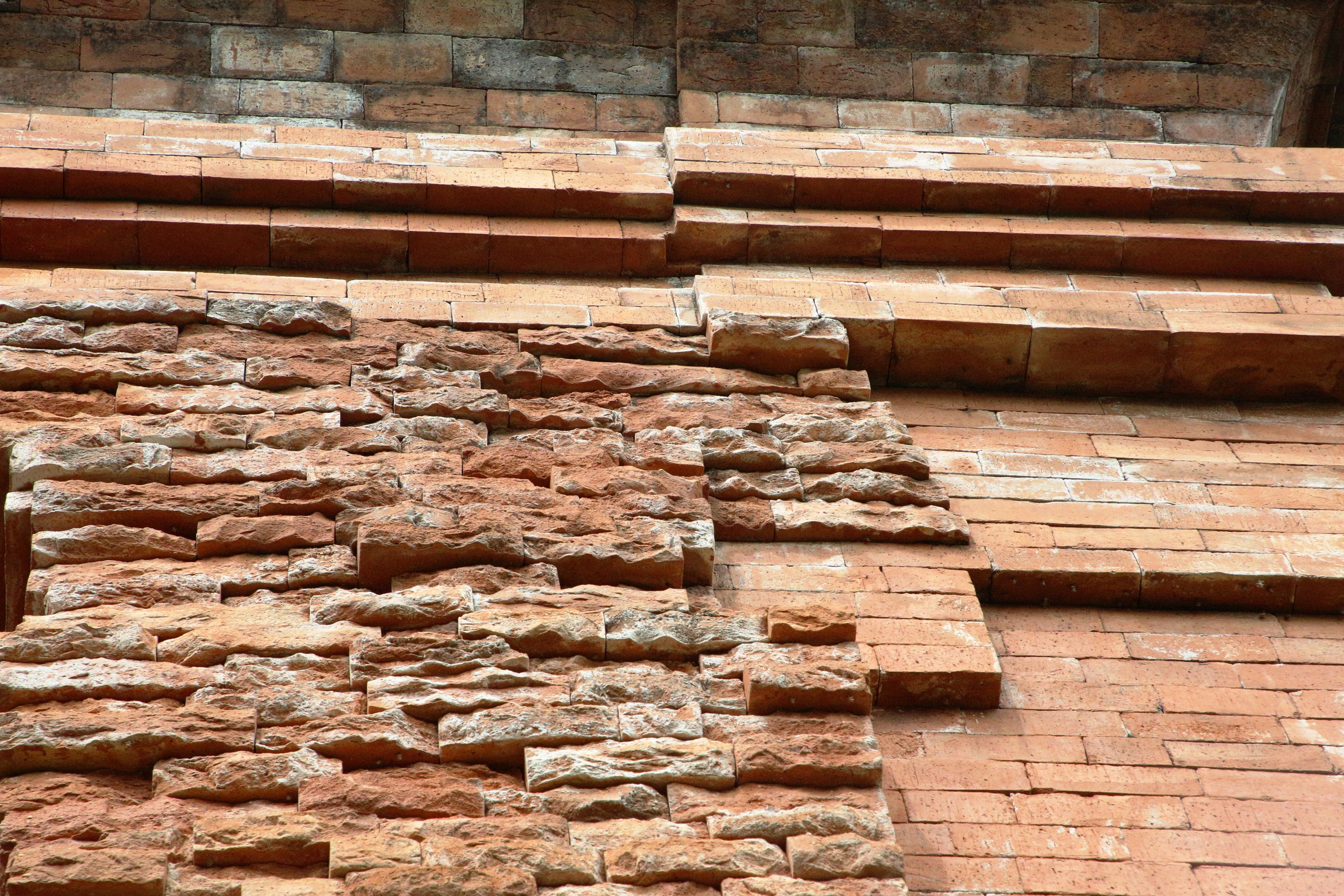
Many locations on the three Cham tower clusters in Khuong My are salted and covered with moss and mold.
PHOTO: MANH CUONG
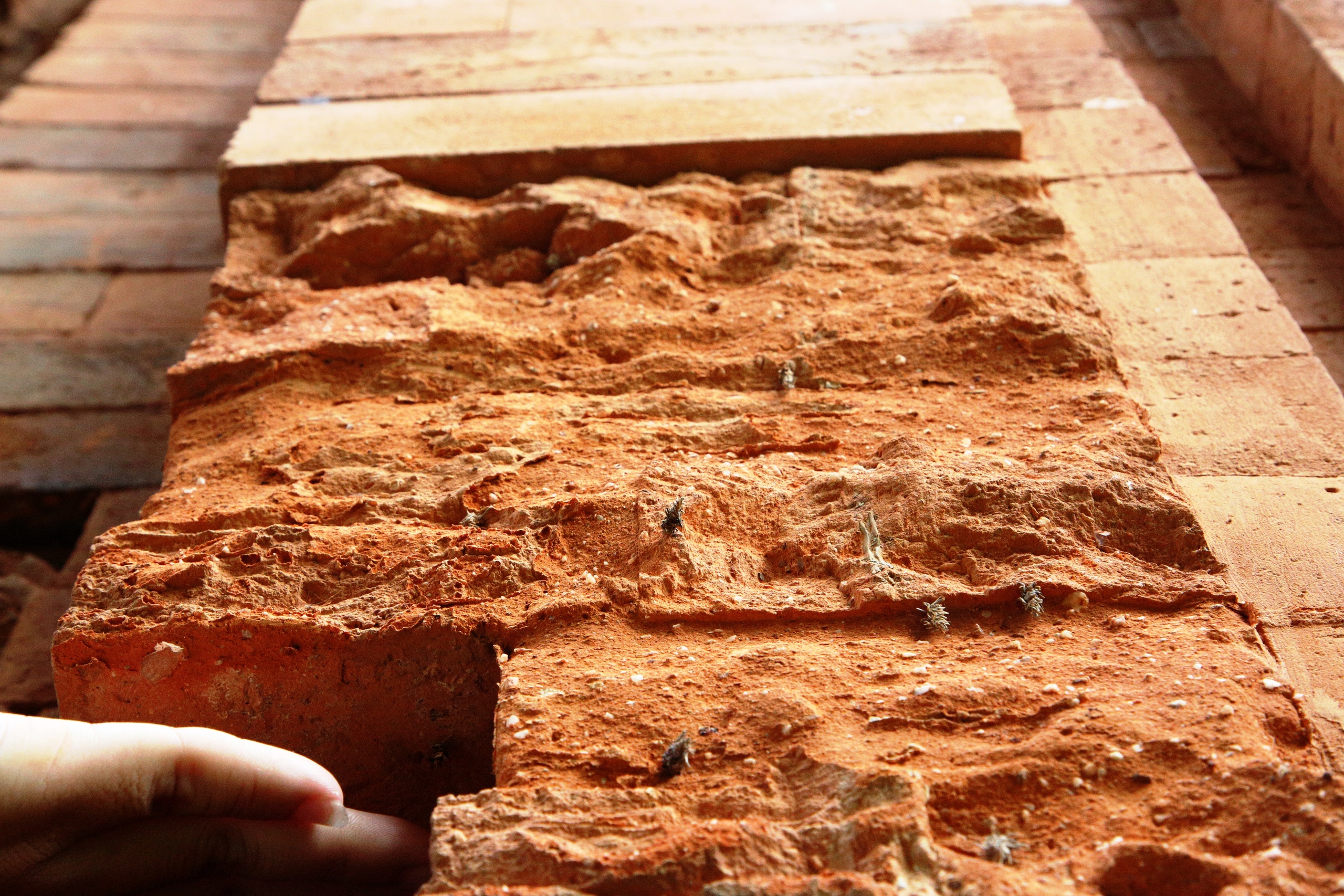
According to experts, not only Khuong My Cham tower but all Cham towers along the Central coast that need to be restored must first be desalinated to avoid the salt from old bricks spreading to new bricks, causing damage.
PHOTO: MANH CUONG
Source: https://thanhnien.vn/can-canh-thap-cham-ngan-nam-tuoi-moi-trung-tu-nhung-gach-phuc-che-da-mun-nat-185250908101233262.htm


![[Photo] General Secretary To Lam received the delegation attending the international conference on Vietnam studies](https://vphoto.vietnam.vn/thumb/1200x675/vietnam/resource/IMAGE/2025/10/26/1761456527874_a1-bnd-5260-7947-jpg.webp)

![[Photo] Nhan Dan Newspaper displays and solicits comments on the Draft Documents of the 14th National Party Congress](https://vphoto.vietnam.vn/thumb/1200x675/vietnam/resource/IMAGE/2025/10/26/1761470328996_ndo_br_bao-long-171-8916-jpg.webp)
![[Photo] Enjoy the Liuyang Fireworks Festival in Hunan, China](https://vphoto.vietnam.vn/thumb/1200x675/vietnam/resource/IMAGE/2025/10/26/1761463428882_ndo_br_02-1-my-1-jpg.webp)


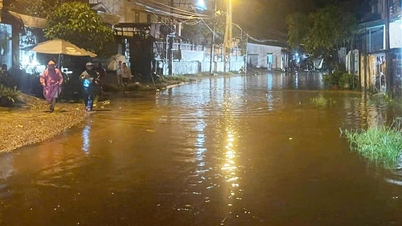

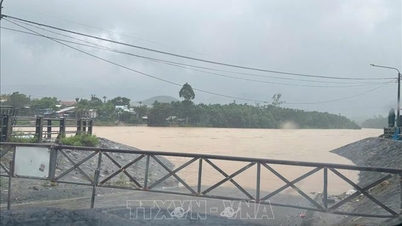



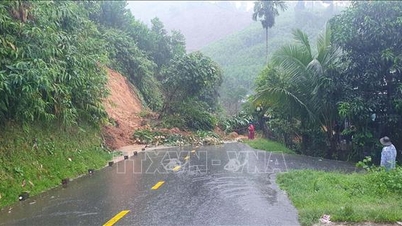
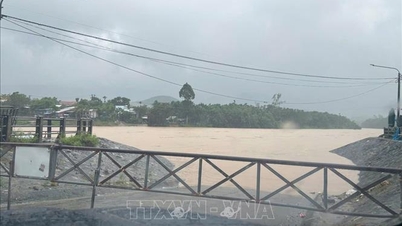


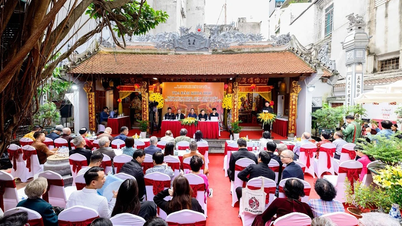




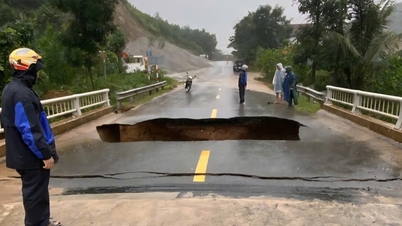







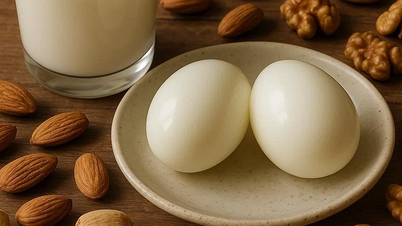





![[Photo] Prime Minister Pham Minh Chinh attends the opening of the 47th ASEAN Summit](https://vphoto.vietnam.vn/thumb/1200x675/vietnam/resource/IMAGE/2025/10/26/1761452925332_c2a-jpg.webp)
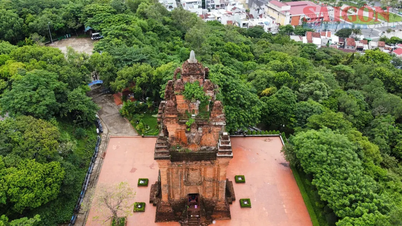

































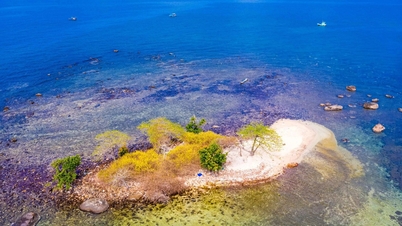














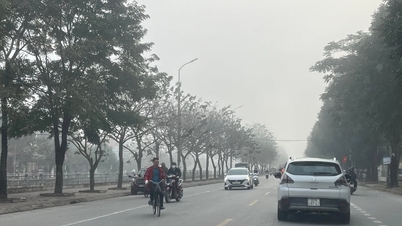





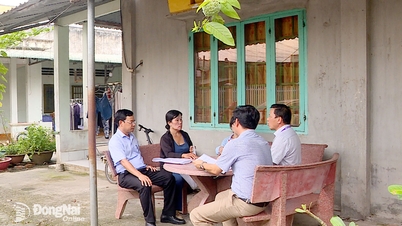


















Comment (0)